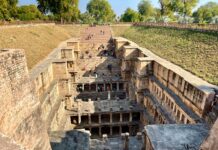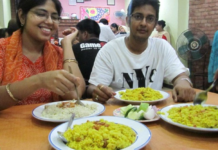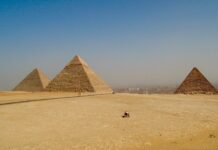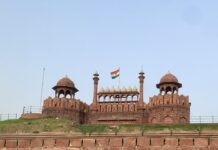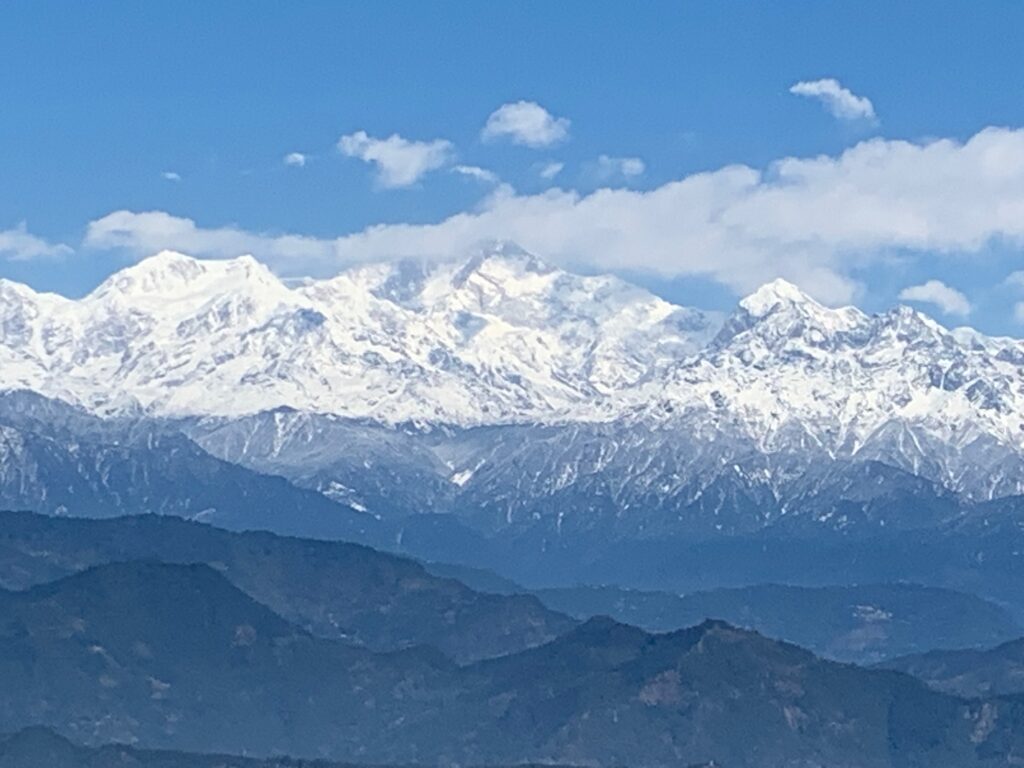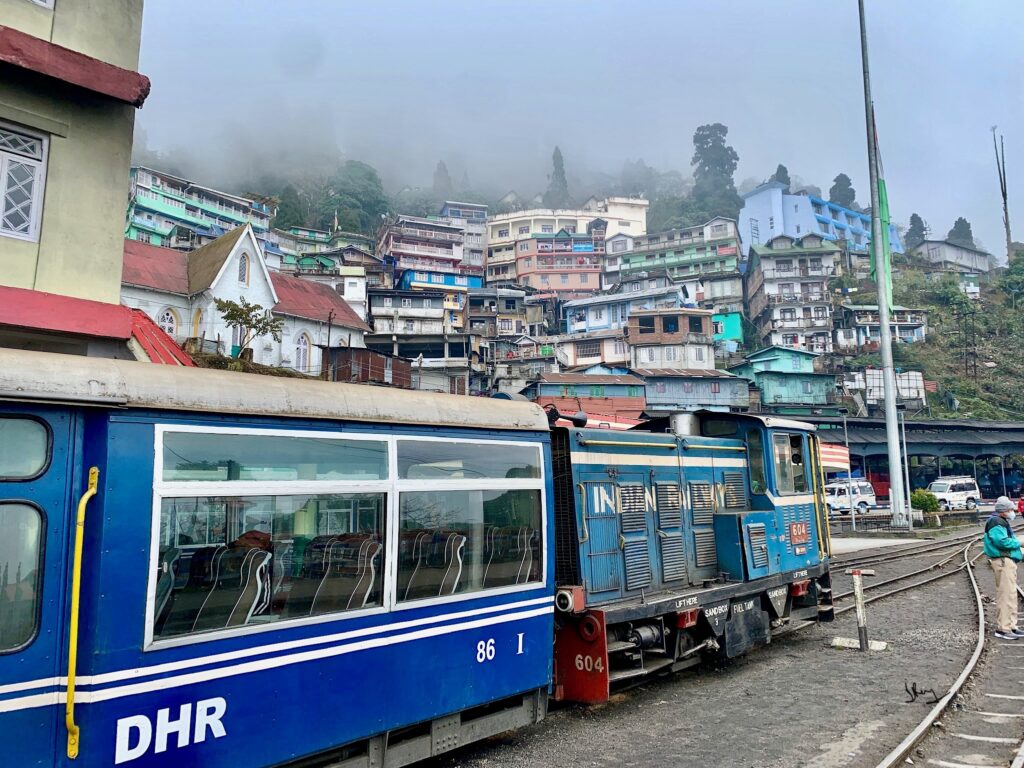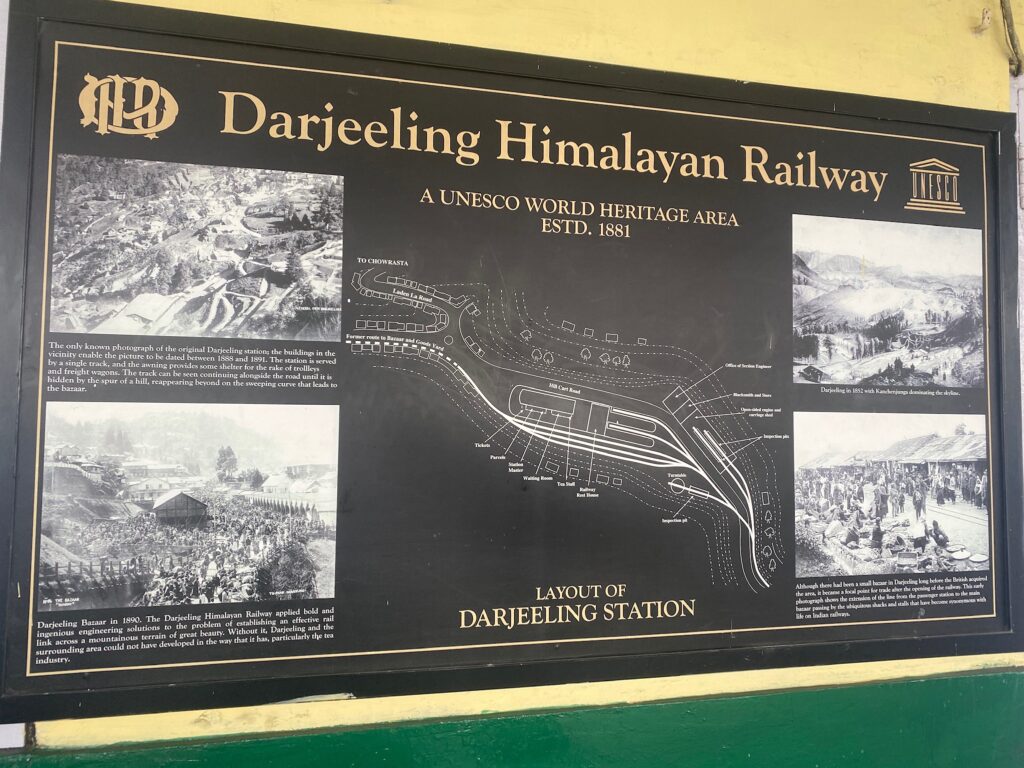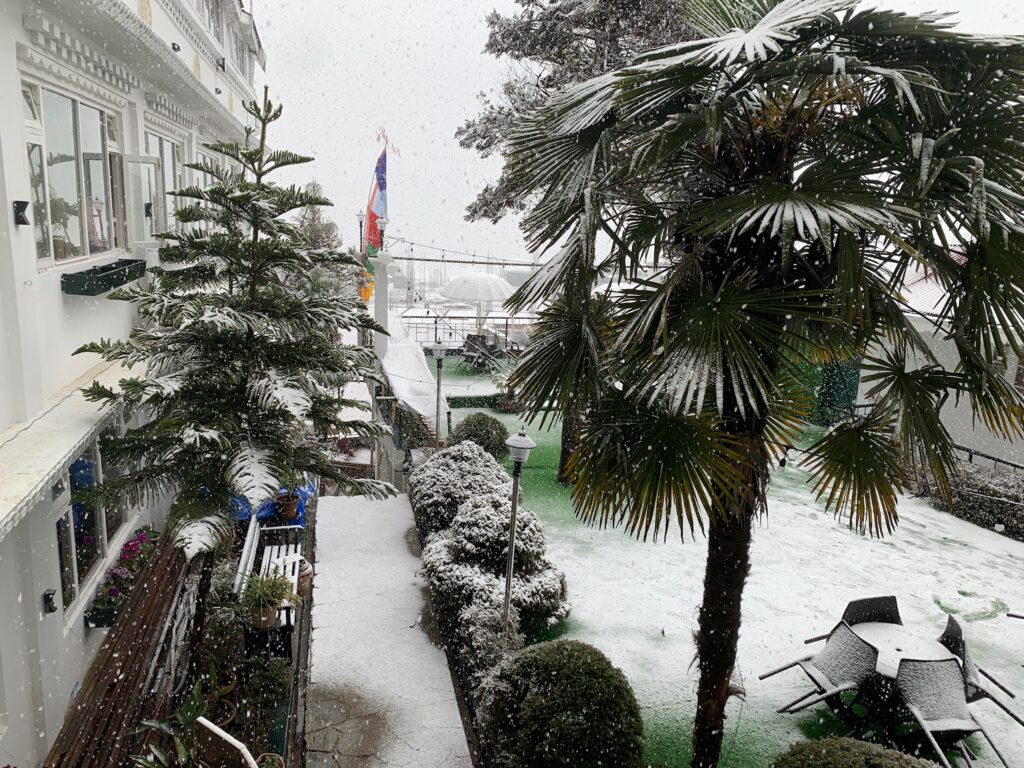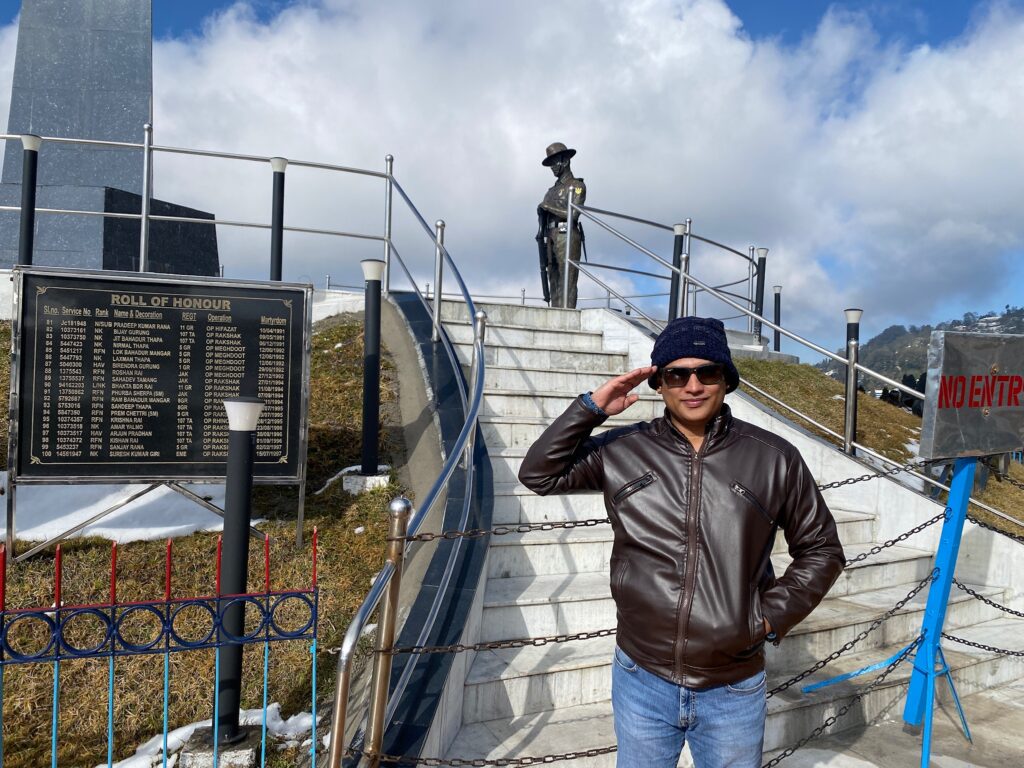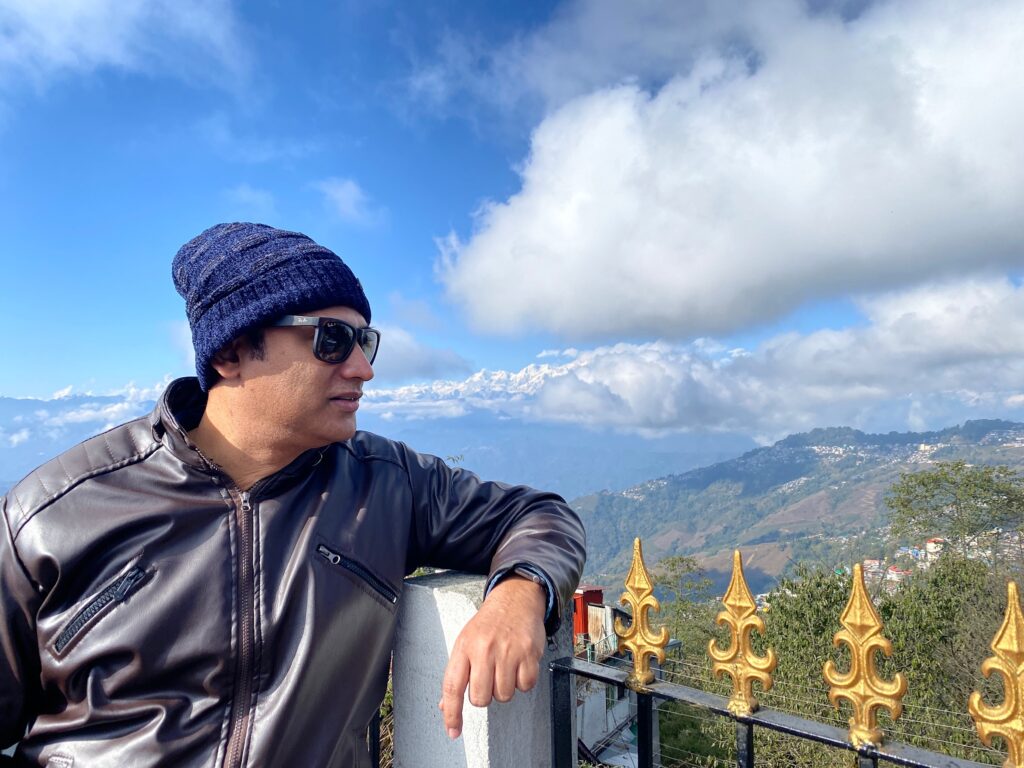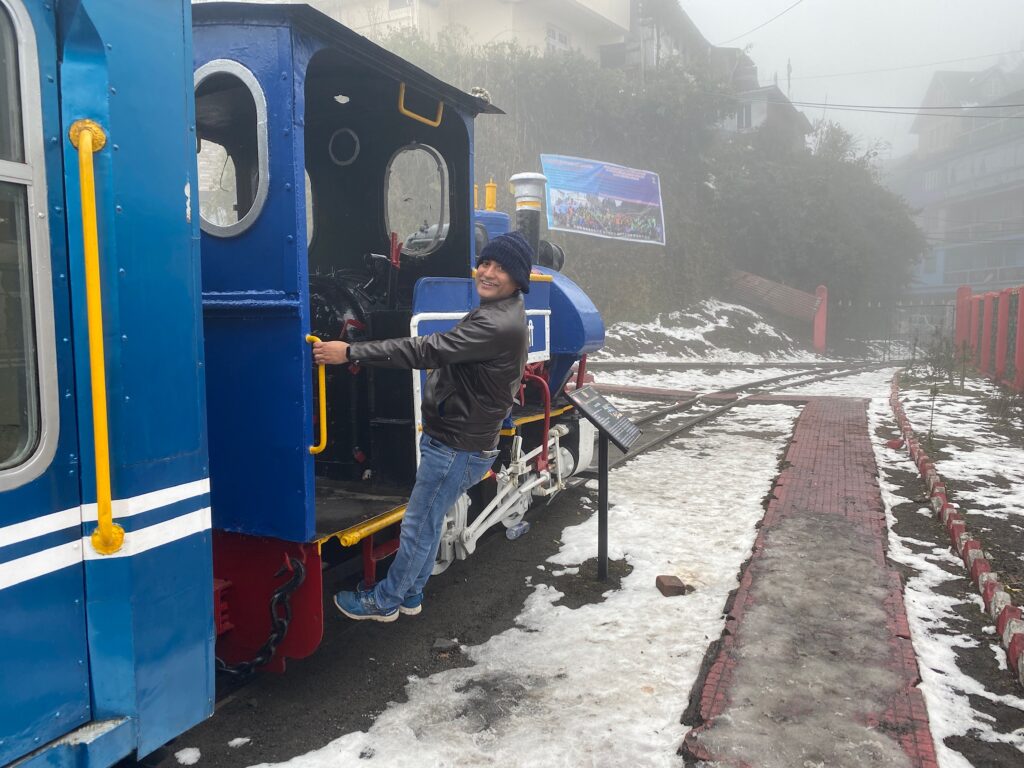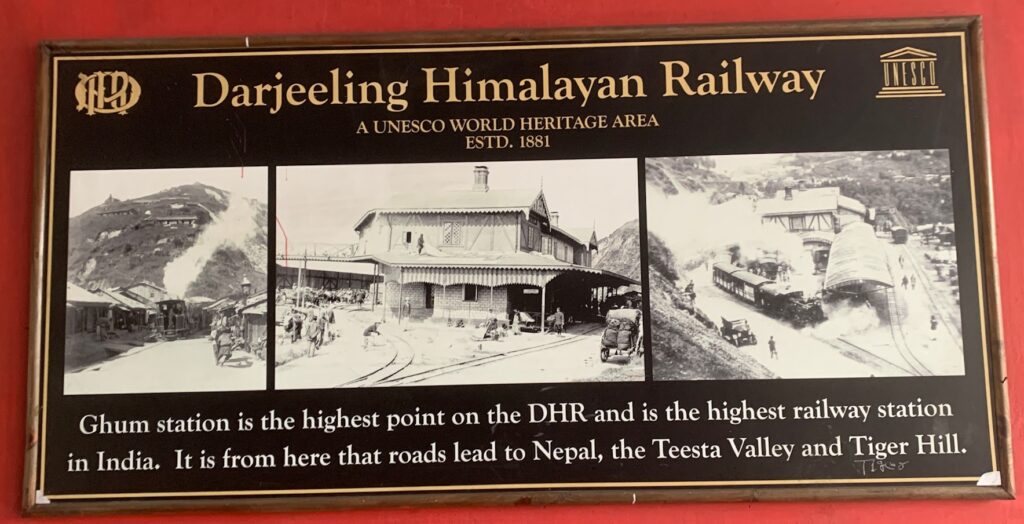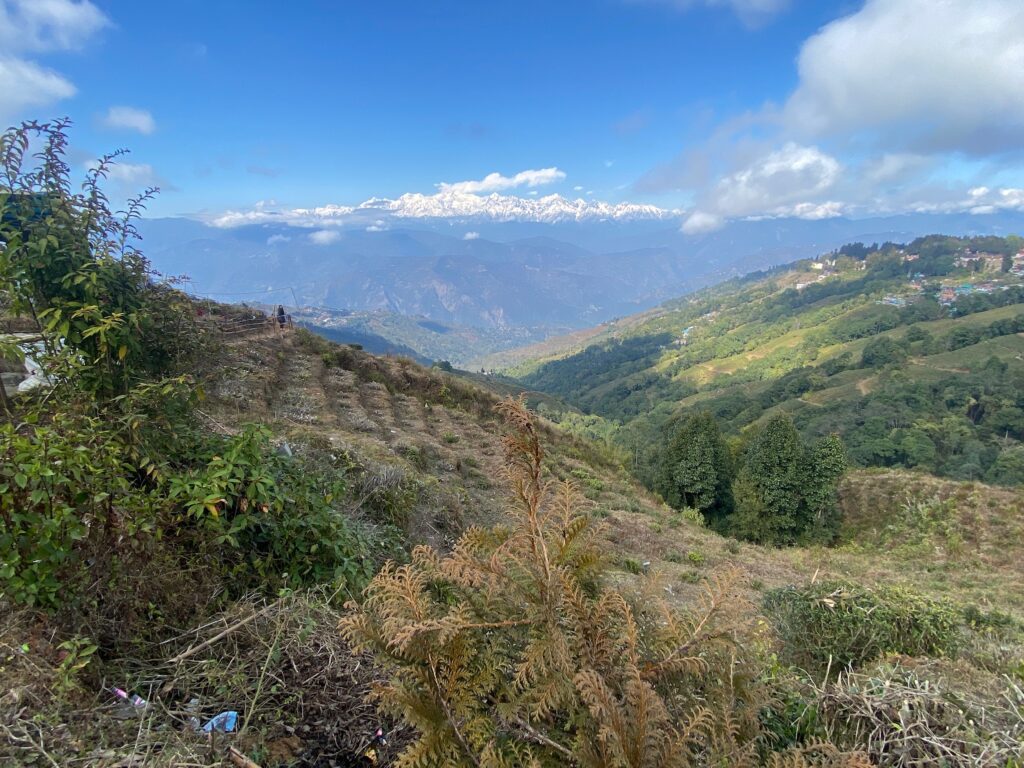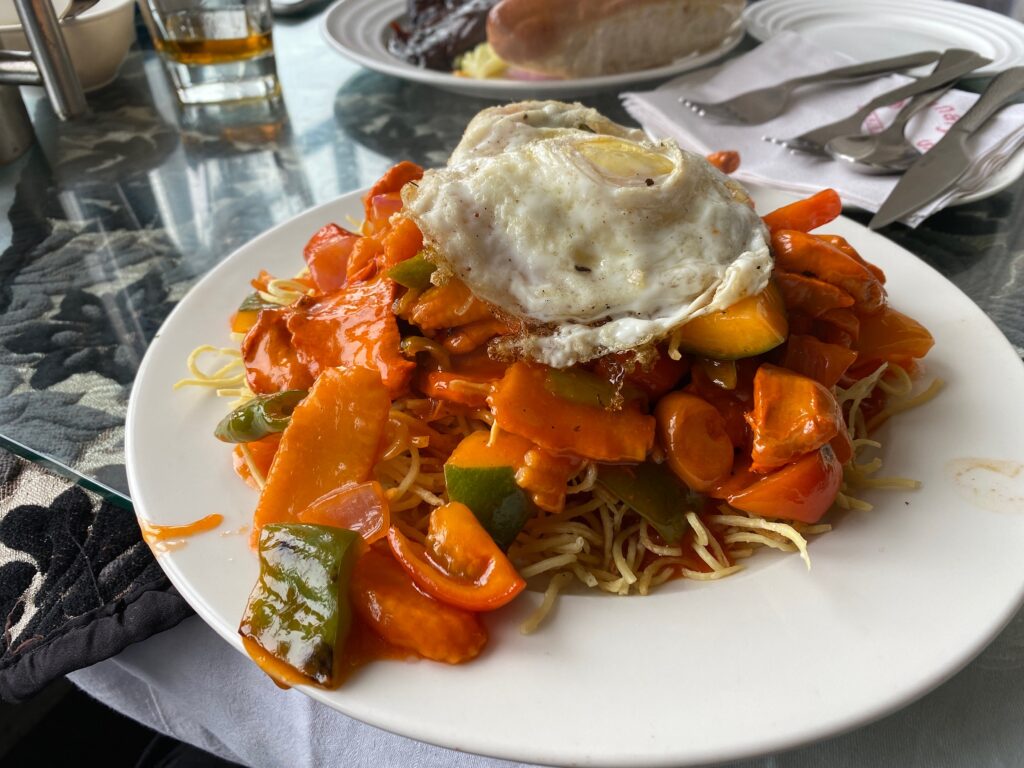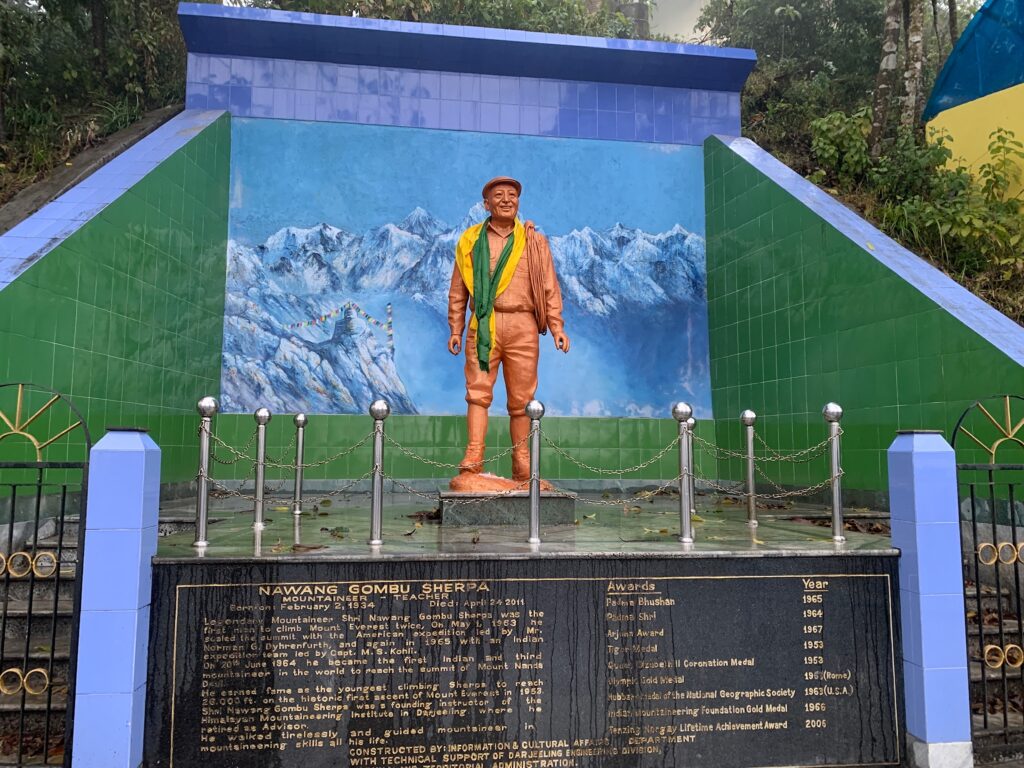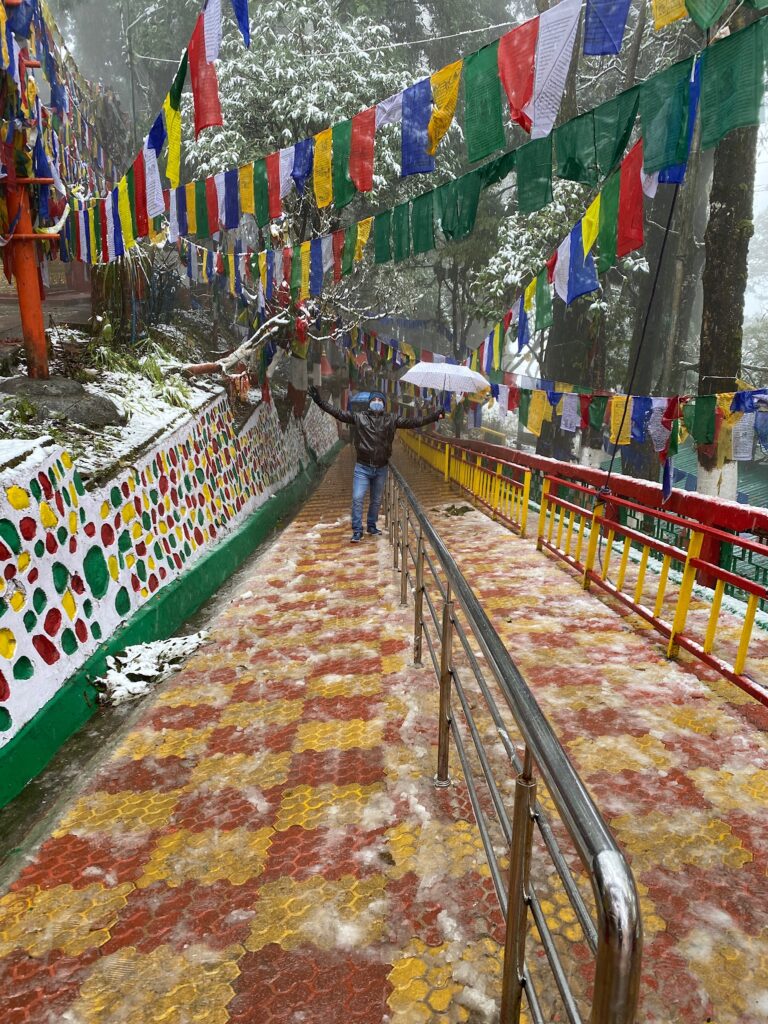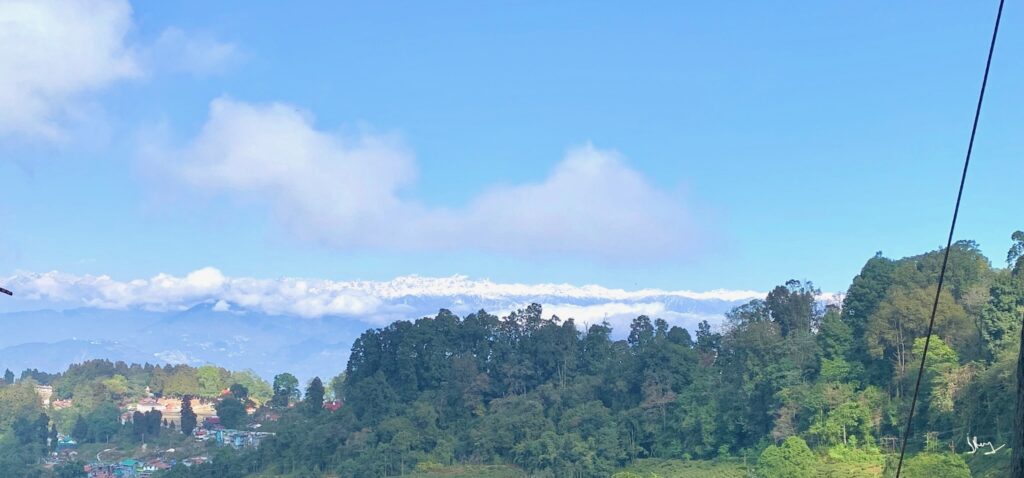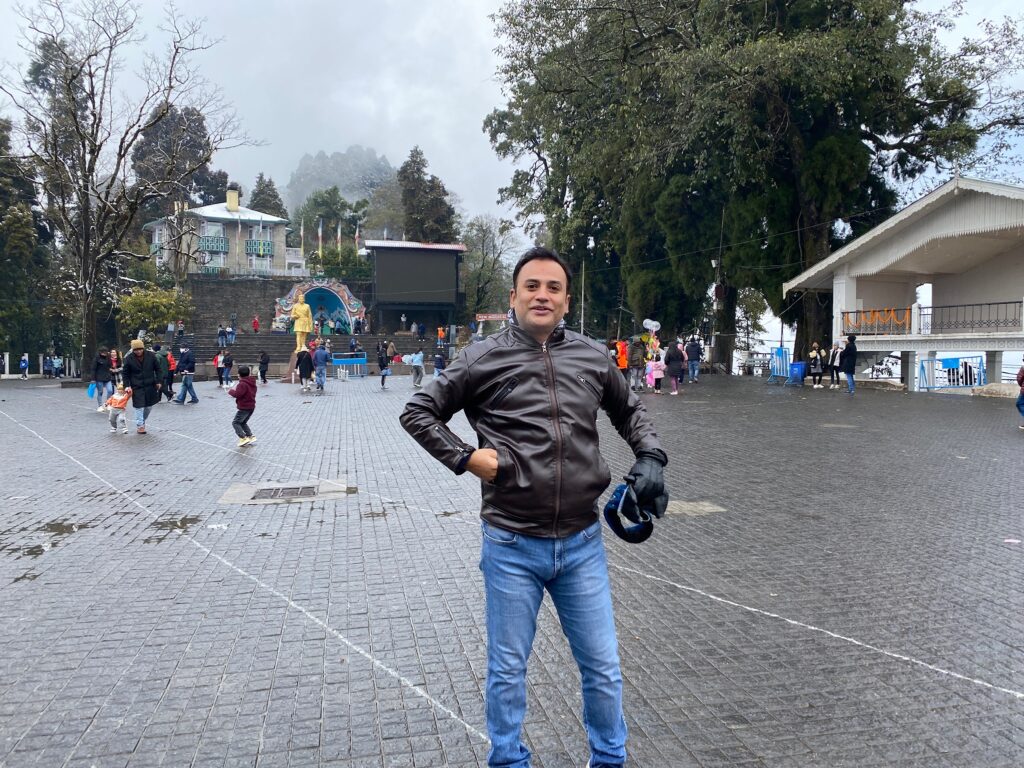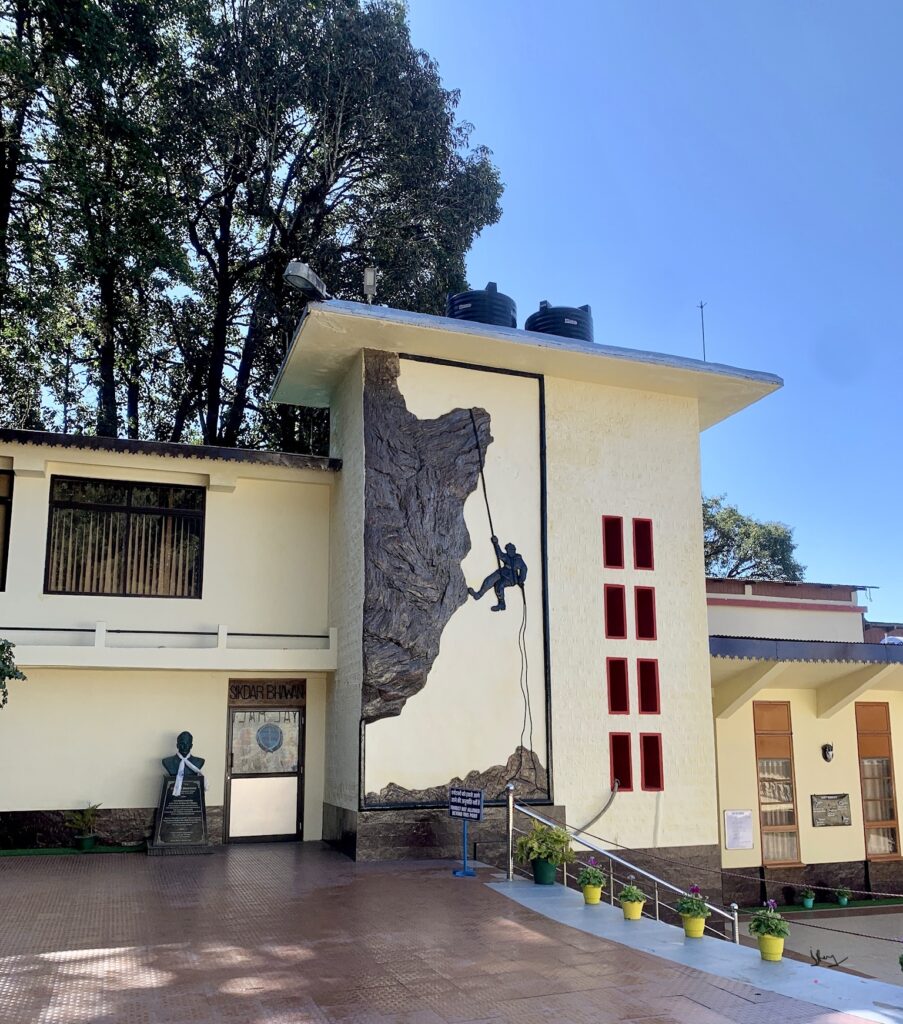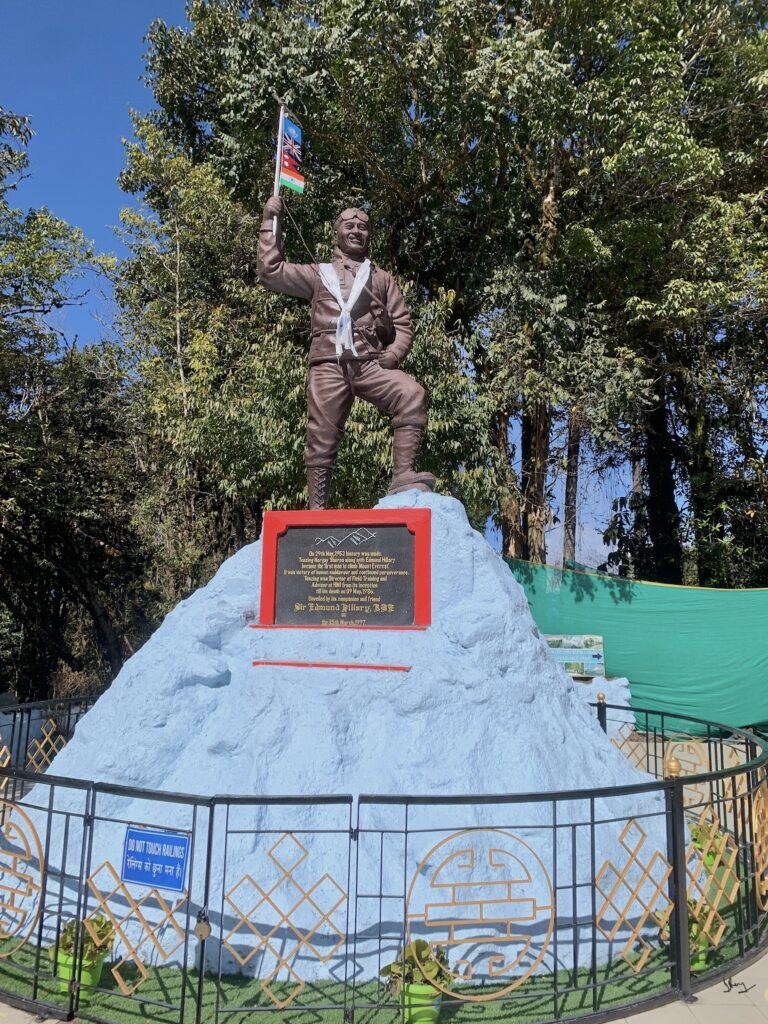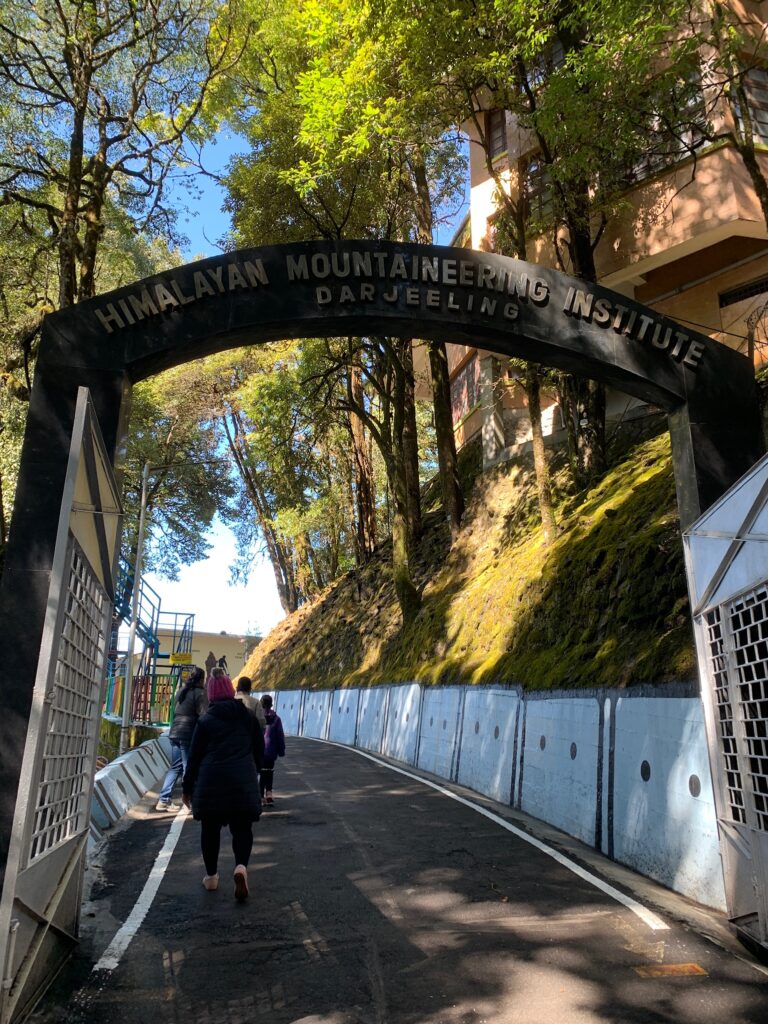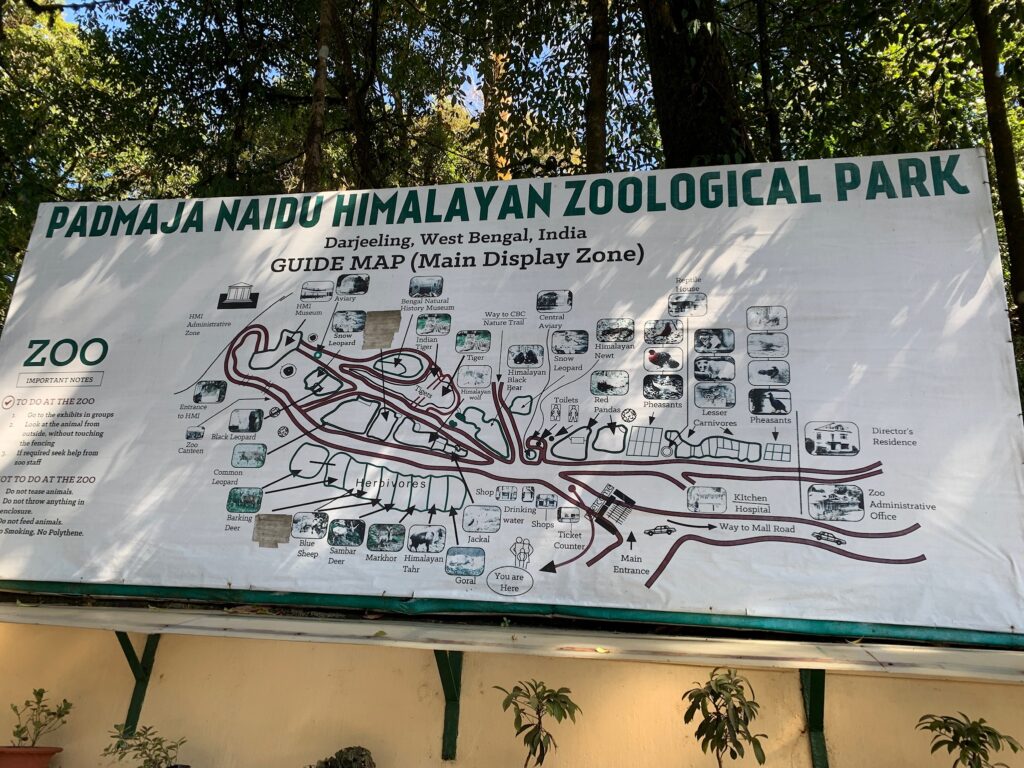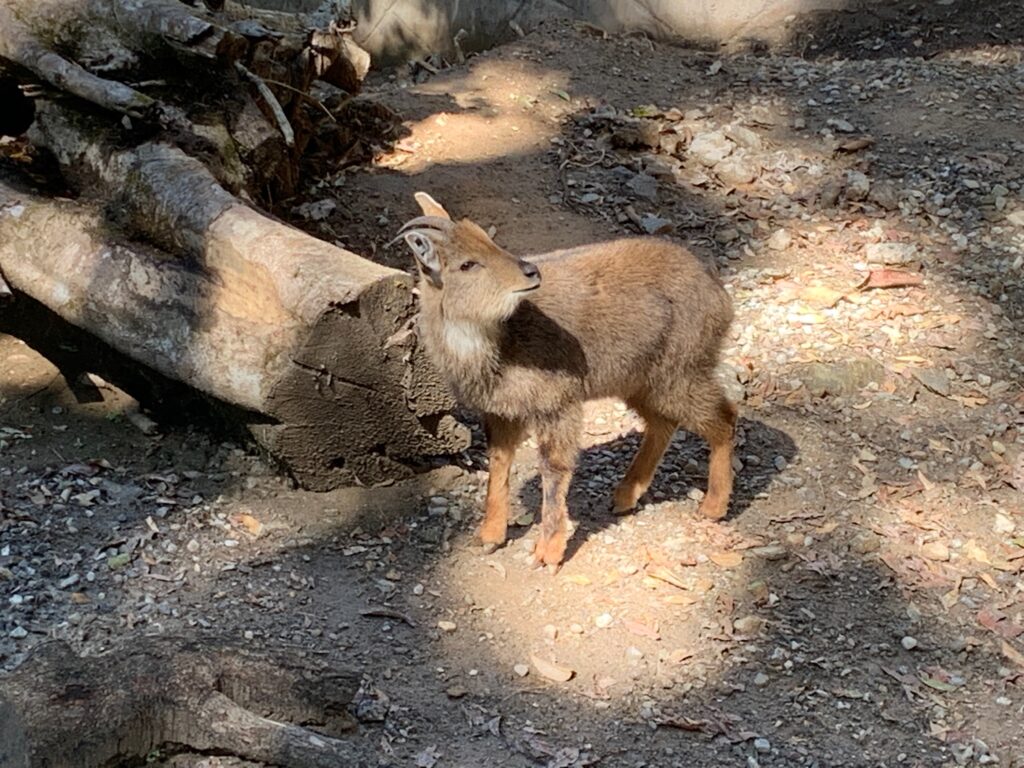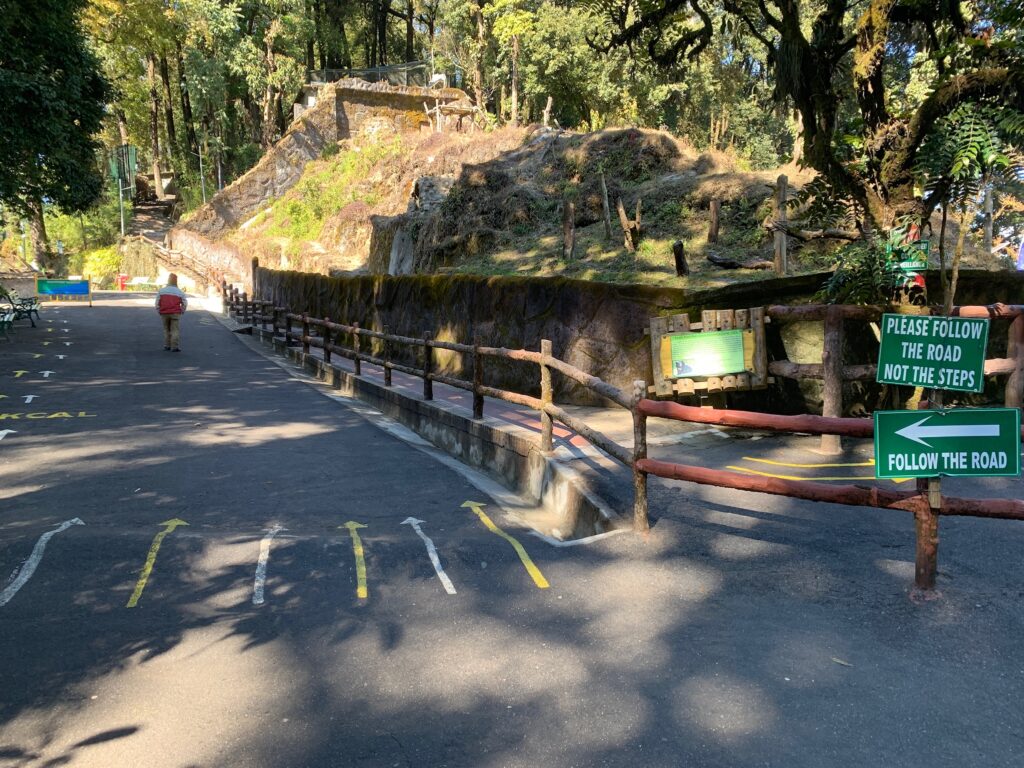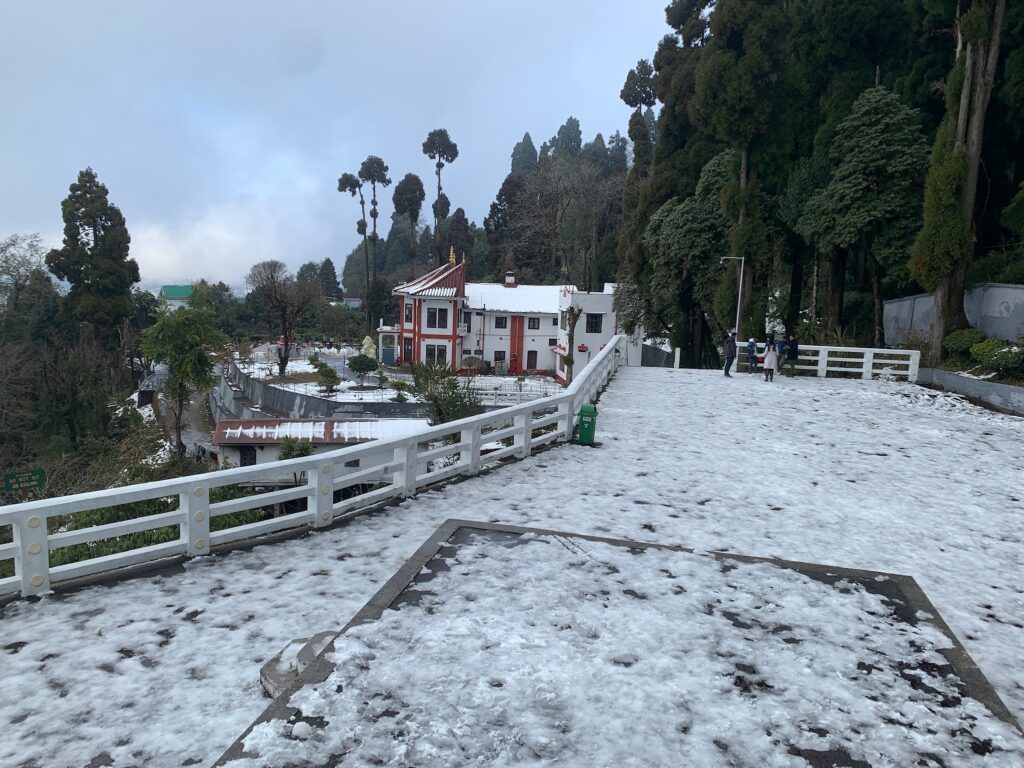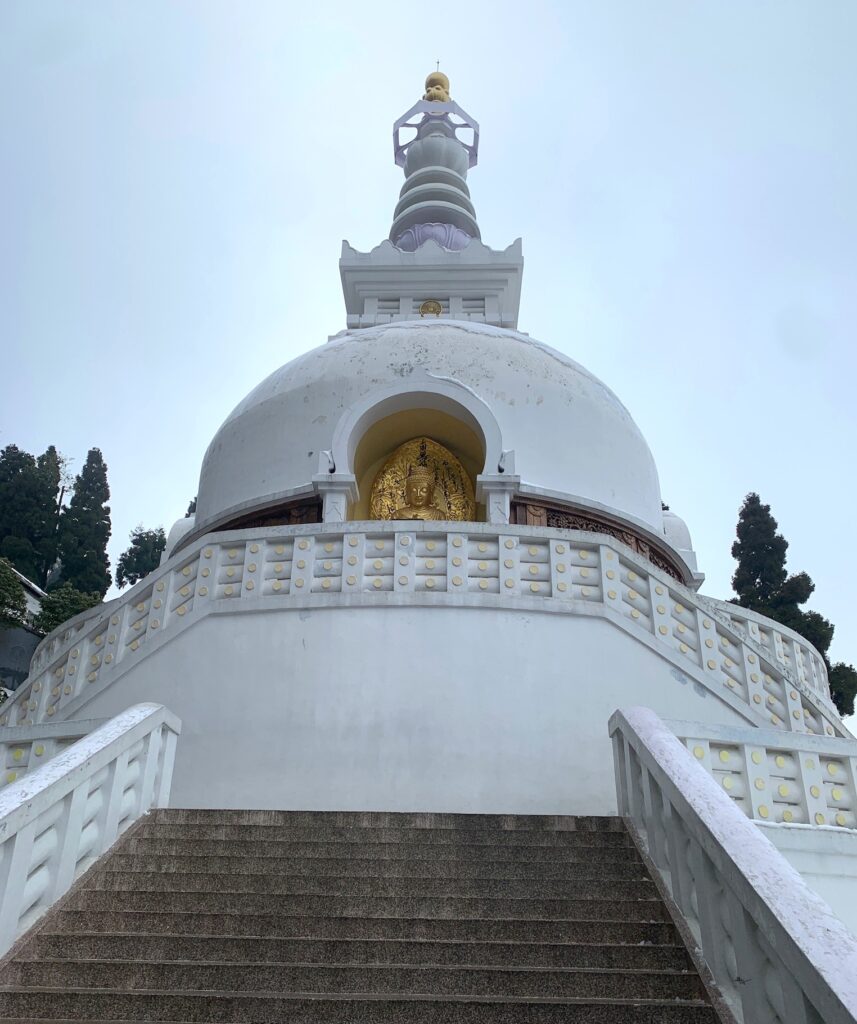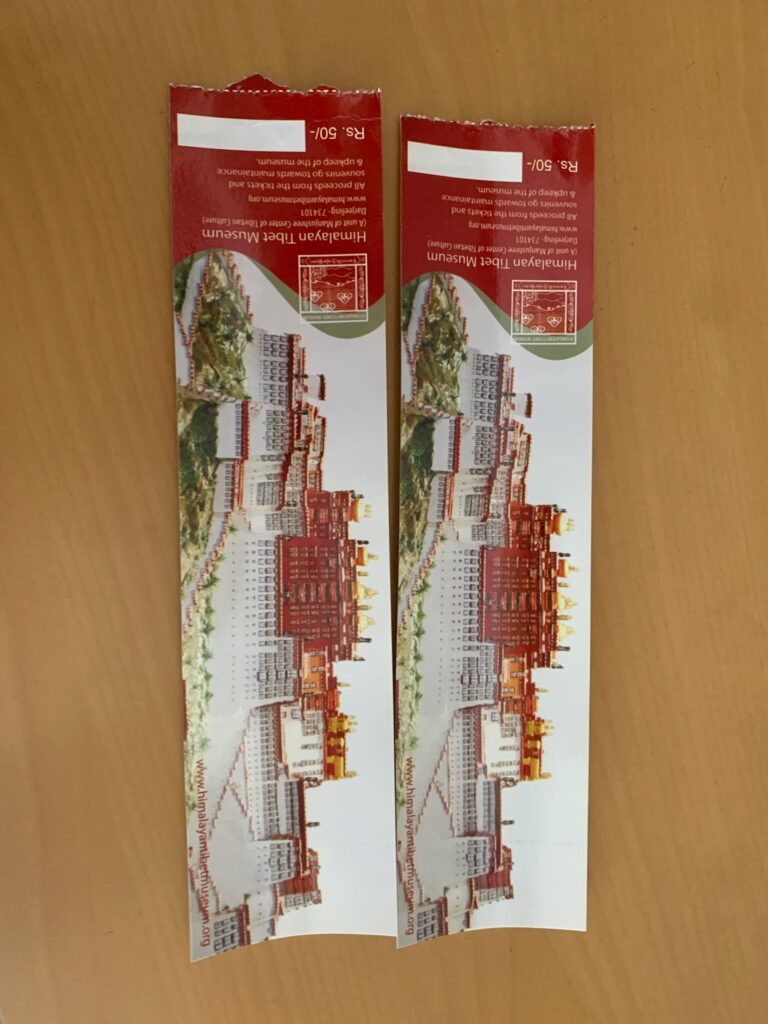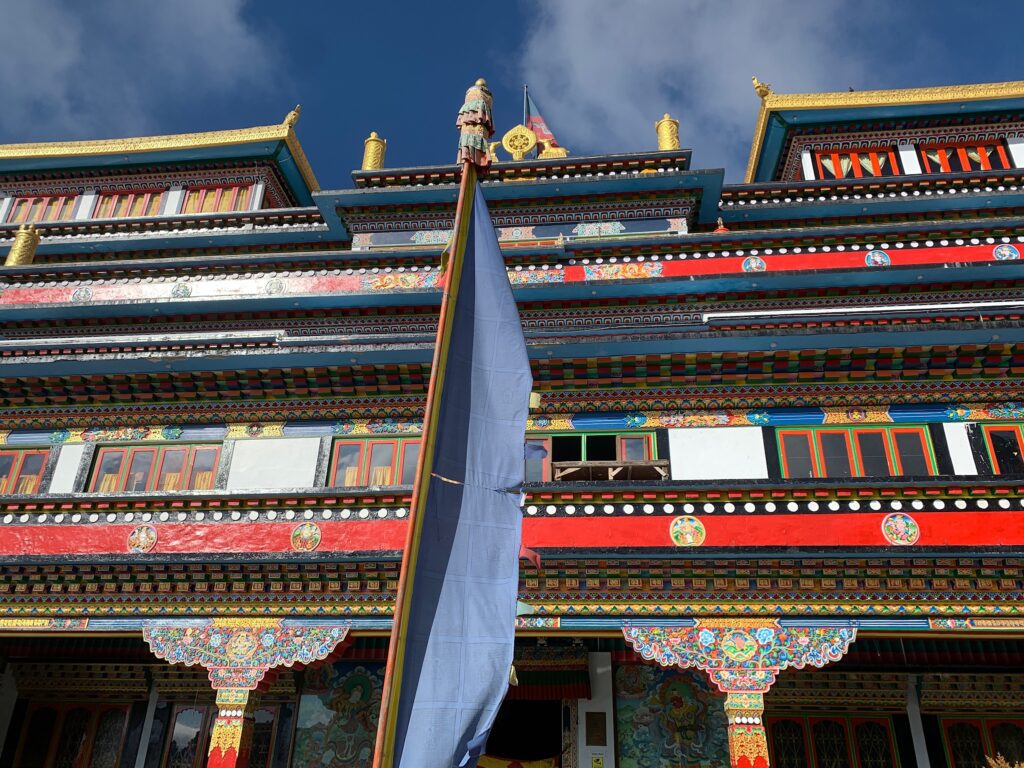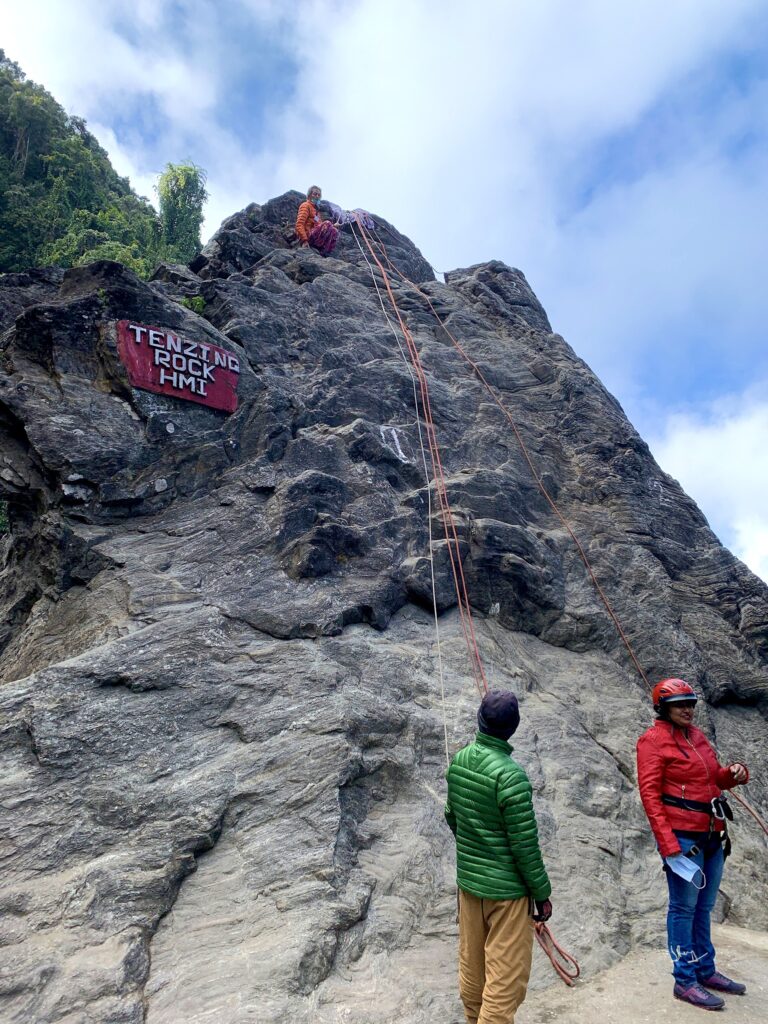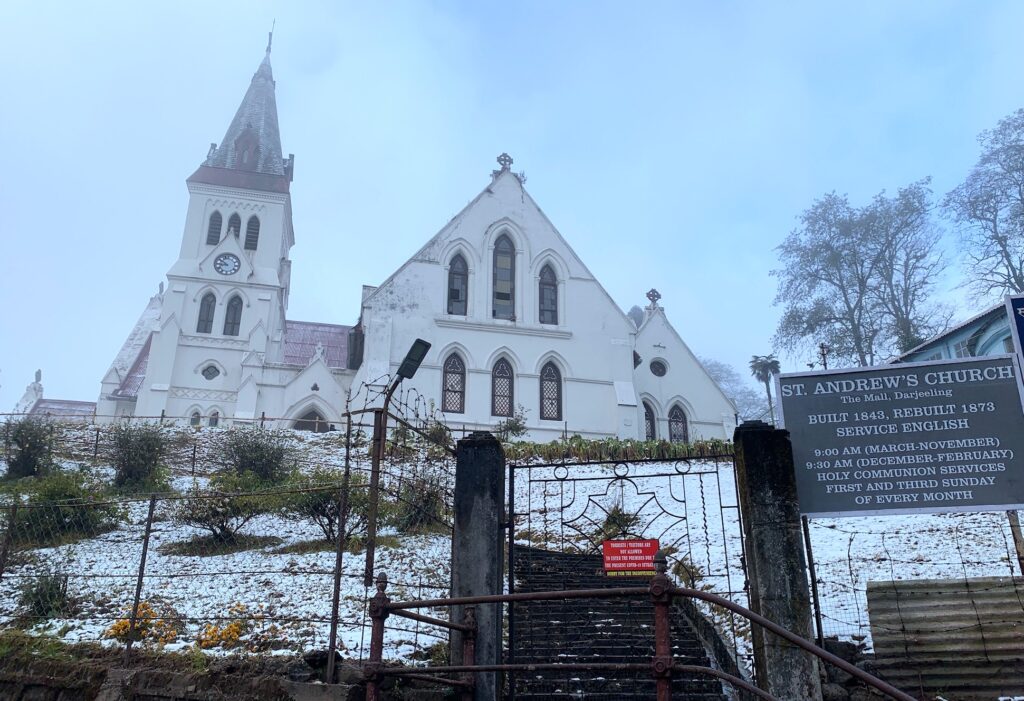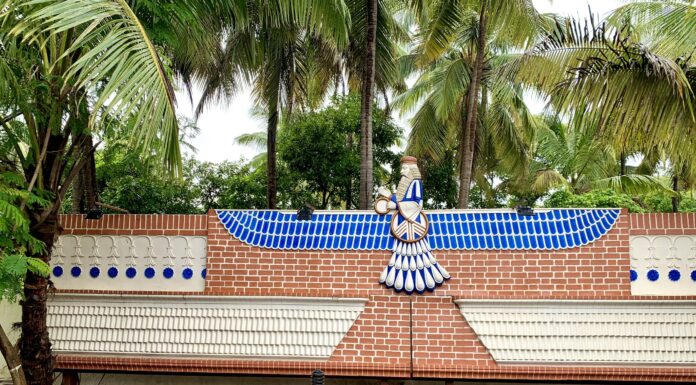Key facts
- Altitude: 6700 ft ( 2042 metres). Sandakphu, poised at an altitude of 3,636 meters is the highest point in the district.
- Best Time to visit: March to May( pleasant) Sep-Oct ( fairly warm),
- Alternate season : Nov- Dec ( Cold); Jan- Feb ( Very cold)
- Rainy season: June to August
- Languages spoken: Nepali is the predominant language spoken by locals, Apart from this Hindi, English & Bengali are spoken too
- Nearest Airport: Bagdogra Airport at a distance of 90 km from Darjeeling.
- Nearest Railway station: New Jalpaiguri(N.J.P) is the nearest Railway station at a distance of 88 Km from Darjeeling. There is a Toy train ( Darjeeling Himalayan railway) at Darjeeling connected to NJP station. Please note it takes over 6 hours to reach Darjeeling
- Major towns in the vicinity: Siliguri: 75 km, Kalimpong: 51 km, Gangtok: 115 km.
- State: West Bengal
- Inhabitants: The primaeval denizens of Darjeeling were Lepchas or Rongpa who are said to be of the Mongoloid ethnicity. The majority of the population here are the people of Gorkha lineage but today’s Darjeeling is a multi-ethnic cosmopolitan comprising of the Gorkhas, Lepchas, Sherpas, Drukpas, Bhutias, Bengalis, Marwaris, Biharis, Sindhis, Punjabis and also a sizeable the Anglo-Indian community, reminding of the colonial past
Festivals of Darjeeling
The Nepali festival of Dasai (Dusshera) and Tihar (Diwali) is celebrated with verve and exuberance during autumn. The temples and market place is plush with rejoicing and a jaunty crowd resembling a cosmic livid mass of blazing kaleidoscopic colours. The festival of Dasai is mainly a celebration and worship of The Hindu Goddess Durga who is regarded as an unerring beacon of feminine strength and the slayer for sinister demons.
The festival of Tihar is yet another robust shindig which fills the spectacle with a riot of joy, merriment and frolic transforming the little town into one big carnival of life and its multifarious pleasures. Tihar consists of Lakshmi Puja, Bhailo, Deosi and Bhaitika( Bhai Phota) which is a representation of the Nepalese culture and tradition. Music and dance fill the ambience as native dancers all decked up in authentic vibrant costumes sway and twirl to the aboriginal tunes of folk songs.
DELIGHTFUL DARJEELING
Snuggled serenely amidst the tranquil aura of nature’s inception lies a picturesque hill station of ‘Darjeeling‘ well renowned the world over for its panoramic natural landscapes, opulent greenery, verdant tea gardens and towering snow-capped mountains. Darjeeling derives its name from the word “DorjeeLing” of Tibetan etymology. “Dorjee” means thunderbolt which is believed to be Indra’s sceptre according to mythology and “Ling” means place. Thus Darjeeling is also known as the “Land of the Thunderbolt “. In Sanskrit, the name has its genesis from the word “Durjay Ling” which means “Shiva of irrepressible prowess and valour, who rules the Himalayas”
The quaint town of Darjeeling which is universally described as the “Queen of Hills” is also believed to have inherited the name
from a Buddhist Monastery of the same name which once stood on the top of Observatory Hill. This unrivalled mountainous town which serves as a veritable relief from the scorching heat and sweltering weather of the plains stands at an average altitude of 7,000 ft above sea level.
Enshrouded in the foothills of the magnanimous Himalayas, Darjeeling is a district situated in the state of West Bengal, India. It is bounded on the northern border by the state of Sikkim and shares geographical, cultural, climatic and linguistic similarities with neighbouring Sikkim. This fascinating hill district covers a total area of 3,149 sq km nestled betwixt the grandiose Eastern Himalayas. This delightfully modest town stands as a Victorian charm of the British Era magnificently adorned with dense coniferous forest and the murky fog enveloping the vicinity, providing it with a rather sombre feature.
TRAVELLING TO DARJEELING
Travelling is convenient by road, rail and Air, the details of which are provided in the Key facts section of this blog. There cannot be writing about Darjeeling without mentioning ” The Great Darjeeling Himalayan Railway” popularly known as the “Toy Train” a UNESCO World Heritage Site. The journey by the Toy Train’ has an old-age charm as it hustles and bustles through the populated streets. The whistling of the engine at times can be traumatic to the ears but the view and the engineering marvel leave one spellbound and wanting for more.
This phenomenal railway system owes its inception to Sir Ashley Eden and Mr Franklin Prestage and is recognized to be one of the paramount engineering achievements of its kind in the world. The “Toy Train” a true British legacy has kept alive the charm and nostalgia of the bygone British era. The engines are over a century old but still seem to run perfectly on its narrow gauge rails disgorging ebony squalid smoke and steam.
The adorable “Toy Train ” leisurely winds its way uphill, starting its journey from a mere 300 feet above sea level and escalates to a height of 7, 400 ft at Ghoom station and then descends to 6,812 ft at Darjeeling by a series of halt pin curves, loops and zig-zags. The train route laid assiduously in the inaccessible craggy terrain is an epitome of an engineering marvel in itself.
The traverse from Siliguri to Darjeeling enraptures the minds of the visitors with spine-tingling splendid views and sporadically at arcs and bends one can catch glimpses of the far-numerous plains of Bengal fleshing out into the skyline, with rivulets resembling luminous ribbons, meandering languidly over it. Humongous trees can be witnessed cramming the dense forests, strangled by creepers around the huge trunks and under the dappled canopies.
As the steam locomotive escalates against the descending gradient, the rail line crosses the road several times and they are all unmanned crossings. Notably, in Kurseong, the rail line passes right through the marketplace, darting along the barber’s salon, the tailor’s shop, hawker’s selling vegetables and the bustling crowd on its journey. Such a sight is peculiar to that of Darjeeling Himalayan Railway, and it is the only place in the world where the train gets caught in a traffic jam. For the locals, the toy train is no exotic antique but a noisy family
member, and an indelible part of their lives and identity.
The train weaves magic and amazement in the visitor’s mind while it chugs leisurely through the emerald woods and exuberant tea gardens, providing a sense of exhilaration and quivering thrill resembling the experience of a swashbuckling explorer after a long sojourn. As the ‘Toy Train’ completes its arduous journey and reaches its destination, Darjeeling Railway station, one can behold the most spectacular visage of the snowy sentinels of Mt. Kanchenjunga glistening in the auroral rays of the sun radiating elegance and vivacity of unparalleled beauty.
Batasiya Loop
About 5 kilometres before reaching Darjeeling town and near Ghoom is situated an engineering marvel- The Batasia Loop, where the Toy Train “Darjeeling Himalayan Railway” negotiates a 360-degree curve, where this antique and exotic steam locomotive is gleefully greeted by the majestic Mt. Kanchenjunga on its sluggish sabbatical journey towards Darjeeling – The Queen of Hills.
At Batasia “The windy Place” one sights the first panoramic vista of Darjeeling Town with the surpassingly irresistible Mt. Kanchenjunga renders a charmingly vivid background. A War Memorial erected at the centre of the loop commemorates the valour, bravery and umpteen sacrifices of the Great Gurkha soldiers who laid their lives defending the country during different Wars post – Independence.
There are 2 tips that I want to leave for my readers. First, the return Toy train journey from Darjeeling to Ghum does not stop at Batasiya Loop on the return journey. Thus make the best use of your cameras while the Toy train stops here. Secondly, Telescope is available on hire at Batasiya Loop by paying ₹50/- per person( rates can change) and should not be missed especially on a clear sunny day. The view of the Himalayas will surely leave one spellbound and one would not regret this decision.
Ghoom Station and Museum:
Ghum railway station is the highest railway station in India, situated at an altitude of 2,258 metres (7,407 ft). The place is the home of the Ghum Monastery and the Batasia Loop, a bend of the Darjeeling Himalayan Railway. For general knowledge of my curious readers, the Chicla station at 3,724 m (12,218 ft) in Peru opened in 1878 is the world’s highest railway station
The oldest Toy train ( steam engine ) started operations in 1881 and the train is called Baby Sivok is parked at Ghoom station beside the stairs to the Ghoom museum and thus not to be missed by tourists to create memories through their cameras
DARJEELING TEA
Darjeeling is surrounded by a natural and vivid scenic splendour and is synonymous with the most exquisite tea in the world. Darjeeling tea is famous for its subtle flavour and distinctive aroma which is unrivalled and is therefore called “Champagne of the East”. The tea with its unprecedented quality is what gives recognition to Darjeeling and establishes its existence on the world map.
Foodies delight:
Given the colonial past, Darjeeling does have a large number of European food options along with local cuisines prospering side by side. It’s an amalgamation of gastronomical delight and thus calories should not be counted. My special favourites are Keventer’s and Glenary’s though they are probably past their prime, still, I land up due to the heritage experience on offer.
PLACES OF TOURIST INTEREST:
1. Observatory Hill: It is situated in close proximity to Chowrasta and is a religious sanctum for both Hindus and Buddhists alike. The view of the Himalayas is spectacular and one feels that you are at the foothills of the Abode of God. Thousands of tourists in Darjeeling wake up at 3.30 AM and take a cab to see the first rays of the sun on the Himalayas from Tiger hills. I am told that the spectre it creates is nothing short of a miracle and on a clear day even Mt. Everest is visible.
The irony however is that the chances of this entire spectacle are 1 out of 10. I have never allowed myself to torture my body by waking up at 4 AM to take up even as exotics as seeing a new place thus I could not make it. Thus I have a declaration for the like-minded people who worship their sleep that you have nothing to lose. The view of the Kanchenjunga from here is absolutely gorgeous. In the early morning, the golden hue on the snow peaks makes it sparkle like Gold and the entire view is therapeutic to the eyes and the soul.
2. Mahakal Temple: This is a Hindu (Mahakal) Temple dedicated to Lord Shiva. There is also a White Chorten (Tibetan Memorial) on the hilltop where locals Buddhist prays. There is complete religious harmony and both the temples co-exist. There is also a cave that can be accessed from the temple and should not be missed by any adventure seekers. I would request you to watch my video to get a glimpse of it.
3. Chowrasta and the Mall: Hitched on the elevated crest above Darjeeling Town is a wide esplanade -‘Chowrasta’ surrounded by shops, restaurants, tea boutiques, book Stalls and greenery all around. This is the most important hub and recreational area in Darjeeling where locals, as well as visitors, come to relax, eat, shop and make merry.
The mall road encircles Observatory Hill and is famous among local people for its morning and evening walks. The tourists enjoy the stroll around the mall road. The pony rides around the mall are also a major tourist attraction. The leisurely walk around the mall road offers an opportunity to view the awe-inspiring mighty Kanchenjunga and the Himalayan Flora and fauna along with spectacular sights of the neighbouring unending hills of Sikkim. The verdant hills of the North-Eastern side of Darjeeling and Sikkim can be seen as far
as our eyes can behold.
It offers a 360-degree view of the underlying hills and the plains of North Bengal. Darjeeling Town can be seen on the North-Eastern
side with glimmering snow-clad Mt.Kanchenjunga as its resplendent backdrop. The auburn rays of the rising sun transform the cold white
snowy range to a fiery crimson hue which is a spectacular sight to behold.
4. Himalayan Mountaineering Institute
The Himalayan Mountaineering Institute was established on 4th November 1954 after the victorious conquest of Mt Everest by Sir Edmund Hillary and Tenzing Norgay in 1953. The ascent of Mt. Everest sparked a keen interest in mountaineering and this institute was established to encourage people to pursue mountaineering as an organized sport.
It is considered one of the premier Institutions in Mountaineering in the world. On 4th Nov 1954, the late Pandit Jawaharlal Nehru, our first Prime Minister of India laid the foundation stone of HMI. The Institution has a Museum which exhibits the assorted equipment that was used in various expeditions and also displays scores of rare photographs associated with mountaineering. The mausoleum of Tenzing Norgay Sherpa also known as Tenzing a Memorial lies on the Institute’s premises.
5. Padmaja Naidu Zoological Park:
The Darjeeling Zoo was named by the Governor of West Bengal, “Padmaja Naidu” who incidentally is the daughter of Sarojini Naidu also popularly known as the Nightingale of India. It is situated at a distance of about 2kms from Chowrasta, Darjeeling.
The zoo houses a few of the endangered species of the Himalayan region, notably among them being the Snow leopard, Red Panda, Himalayan Pheasant, Tibetan Wolf, Siberian Tiger and Himalayan Black bear. It is the only zoo in the world to breed The Tibetan wolf in captivity and also the first South Asian zoo to successfully breed The Snow leopard and The Siberian Tiger. It lies at an altitude of 6874 ft spread over the fringes of Jawahar Parbhat below the Himalayan Mountaineering Institute. The zoo also holds recognition for the conservation of the imperilled species of Red Panda.
The zoo is extremely well maintained and has taken an innovative method to get people to trek around. At regular intervals, there are signboards highlighting the calories burn as tourists move from one enclosure to the other. The zoo can easily be covered within 1 hour on foot and is definitely good cardio as it will help burn 115 KCals.
Panda.
6. Japanese Peace Pagoda
The Japanese Peace Pagoda is situated on the slopes of Jalapahar hill at a distance of about 2 km from Chowrasta. It was established by Nipponzan Myohiji of the Japanese Buddhist Order. Near the Pagoda is a Monastery that was built in 1972. The construction of the Pagoda began in 1989 and was inaugurated in 1992. It is one of the serene and sublime places in Darjeeling with a peaceful and tranquil ambience.
It stands 28.5m tall and has a diameter of 23 meters. The Pagoda also has a Nipponzan Myohaji Temple built structurally according to traditional Japanese Architecture. There is provision for visitors who wish to meditate and they may even interact with the Japanese Monks inside the temple.
7. Himalayan Tibetan monastery
Worldwide there have been isolated noise by the Western media against the atrocities meted out to the peace-loving Tibetans that die down with passing time but the systemic changes on the geopolitical map of Tibet continue. Tibet is synonymous with the Himalayas, and the monks but the history, life, and culture of the Tibetans remain alluded from the mainstream. My visit to this Tibetan museum made me realise how little we know of this mystical land and this is an attempt for all my fellow tourists to garner interest as Tibet needs a consolidated will of the people of the world to regain itself back.
The museum is an eye opener for everyone on the life, culture and tradition of Tibetans and their history. I was proud of myself for picking up this museum and visiting it and by virtue of that emerged more informed and knowledgable. I would request my readers to do the same even if they do not like visiting museum.
8. Druk Sang-Ngag Choling monastery also known as Dali Monastery:
Drukpa Kargyud Monastery, popularly known as Dali monastery prior to reaching Darjeeling Town. It belongs to the Drukpa Kargyud School and is located about 4 km or returning from Darjeeling Town. One can pay a visit to this Monastery while approaching the Darjeeling Himalayan railway station.
It was built during the time of Kyabje Thuksey Rinpoche in the year 1971. I would also request my readers to stop by at the Cafe inside the premises that is run by monks.
9. Tenzing Norgay Rock
Named after Tenzing Norgay an Everest summiteer along with Edmund Hillary in 1953 is a gigantic natural rock named Ténzing the rock which is locally known as “Bhaley Dunga”. Opposite to Tenzing Rock is Gombu Rock named after Nawang Gombu who was the first person to climb Mt Everest twice in the years 1963 and 1965.
These Rocks are located at Lebong Cart Road. The Himalayan Mountain Institute imparts rock climbing lessons to its young mountaineering enthusiasts on these rocks. A magnificent glimpse of Mt. Kanchenjunga can be viewed from this point.
10. St. Andrew’s Church Darjeeling
Located at Mall Road, St. Andrew’s Church an old Anglican church is named after the patron Saint of Scotland. The foundation stone of the church was laid on 30th Nov 1843. It is a fine architectural specimen of the Colonial British Era. Inside the Church, there are marble tablets and brass plaques that memorialize some of the oldest residents of Darjeeling.
11. Choom Monastery
The Yiga Choeling Monastery popularly known as Ghoom monastery is about 8 km before reaching Darjeeling Town and walking distance from the Ghoom railway station. It was built by Lama Sherab Gyatso in 1875. The Ghoom Monastery is elaborately decorated; brightly coloured and the fluttering prayer flags are very vibrant and photogenic. The monastery contains a huge 15 feet statue of ‘Maitreya Buddha’ (The coming Buddha), and images of Chenrezi and Chongapa. It houses ‘Kangyu’ the Buddhist Tibetan gospel running into 108 volumes.
12. Tiger Hill
Tiger hill is located at a distance of about 13 kms from Darjeeling Town at an altitude of 8500 ft. It offers one of the most breathtaking views of the sunrise in the world and a magnificent view of Mt Kanchenjunga when the first rays of the sun fall on the mountain peak.
Mt Everest can also be seen on a bright clear day.
13. Darjeeling Rangeet Valley Passenger Ropeway
The ropeway is one of the India’s oldest passenger ropeway connecting Darjeeling with Shingla Bazaar. It is one of the major
ourist attractions in Darjeeling. The bi-cable passenger ropeway descends from an elevation of 7000ft at Singamari to 800 ft at
Shingla.
It starts from North Point, accommodating six passengers at a time. In this thrilling travel over the clouds, the cabin sways above the lush green tea gardens, dense forest, streams, and green valley with the view of the marvelous and imposing Mt. Kanchenjunga along its way. This first bi-cable ropeway is the longest of its kind in Asia covering a distance of 4620 feet.
Other Monasteries of interest:
Aloobari Monastery
The real name is Mag-DhogYolmowa Monastery on the Tenzing Norgay Road in Aloobari Village of Darjeeling. The Monastery was built by Sri Sangay Lama, a highly revered religious head of the Yolmowa ethnic group. The construction of the monastery was started during World war I in 1914, so the name ‘Mag-Dhog’ was given which means warding off the war & the monastery was dedicated to the noble idea of world peace and harmony.
The monastery contains idols of Lord Buddha, Guru Padmasambhava and ancient Buddhist Manuscripts. Visitors can hire a cab and reach the monastery via Tenzing Norgay Road which is situated almost 5km from Chowrasta. Alternatively, it can be reached following another route from Jorebunglow as well.
Deshbandhu Museum
On16th June 1925 Deshbandhu Chittaranjan Das, the famous Indian Patriot and freedom fighter passed away in this archival house which was later converted into a museum. It is located just below Chowrasta while walking towards Bhutia Busty ( colony).
Tibetan Refugee Self-help Center
It was established on 1st October 1959 to rehabilitate the Tibetan Refugees. Located at the hillside of Lebong at an altitude of 7000 ft, it is a major production centre for Tibetan Carpets and handicrafts and leather products. There is also a showroom where one can purchase various handcrafted items as souvenirs. The centre can be reached via Hermitage Road on foot or on a hired taxi via Lebong Cart Road.
Shrubberry Nightingale Park
Situated behind Raj Bhawan on the Jawahar Parbhat is a beautifully landscaped garden known as Shrubbery Nightingale Park. The garden offers one of a magnificent view of Mt Kanchenjunga and the underlying lush hills. Cultural Dance performances are organized in the evenings during the tourist season.
One can visit the park in the evening before sunset to witness the changing colours of Mt Kanchenjunga and be spellbound by the amazing and surreal view. The Shingla Valley and the southern part of the Sikkim can be viewed on a clear cloudless day.
Dhirdham Temple
It is situated just below the Darjeeling Himalayan Railway Station. It was originally built in 1939 by the RaiSaheb Purna Bahadur Pradhan.
The temple resembles the Pashupatinath Temple in Kathmandu which is why it is considered to be its replica. On a pleasant clear
day one can see the astounding view of Mt.Kanchenjunga from the Temple’s premises
Gangamaya
Gangamaya Park is located about 8 km from Darjeeling Town and is built across a natural waterfall. It is a perfect blend of modern Architecture & the picturesque grandeur and aesthetic delights that nature has to offer. This spot is ideal for a family picnic. There are ample eateries and shops selling local souvenirs. Visitors are advised to make two-way arrangements for transportation for their convenience.
Boating facilities are also available at the park.
Llyod Botanical Garden
The astonishingly eco-friendly garden lies just below Eden Sanatorium (Saheed Durga Malla District Hospital) and takes about 15 minutes to reach from Chowrasta and 5 minutes from the Bazaar motor stand by foot.
The garden has an area of 40 acres that houses an abounding and exotic collection of numerous varieties of plant species from the sub-temperate and temperate Himalayan regions. It houses plants and flowers like ash, birch, chestnut, Magnolia, Maple trees, geraniums, azaleas, tree fern, begonias, orchids etc.
The Botanical Garden is named after W Lloyd, a British banker who lived in Darjeeling and generously donated the land for establishing the garden in the year 1878.
Ava Art gallery
Established in 1965 by the Late Bhopal Rao Seth and Ava Devi. The gallery has an ingenious display of attractive artwork in water, oil colour and embroidery work. It is about 2 km from the town on National Highway 55, Hill Cart Road on the way towards Ghoom.
Given the enormous number of options of sight seeing it is evident that Darjeeling as a gateway to ginormous and magnificent Himalayas will require multiple visits. The speciality is however that the Himalayas will always continue to enchant and one can never get bored of them. Thus whenever one think of a quick getaway from the city life amidst the lap of nature Darjeeling will always stand out and continue to surprise all travellers.


